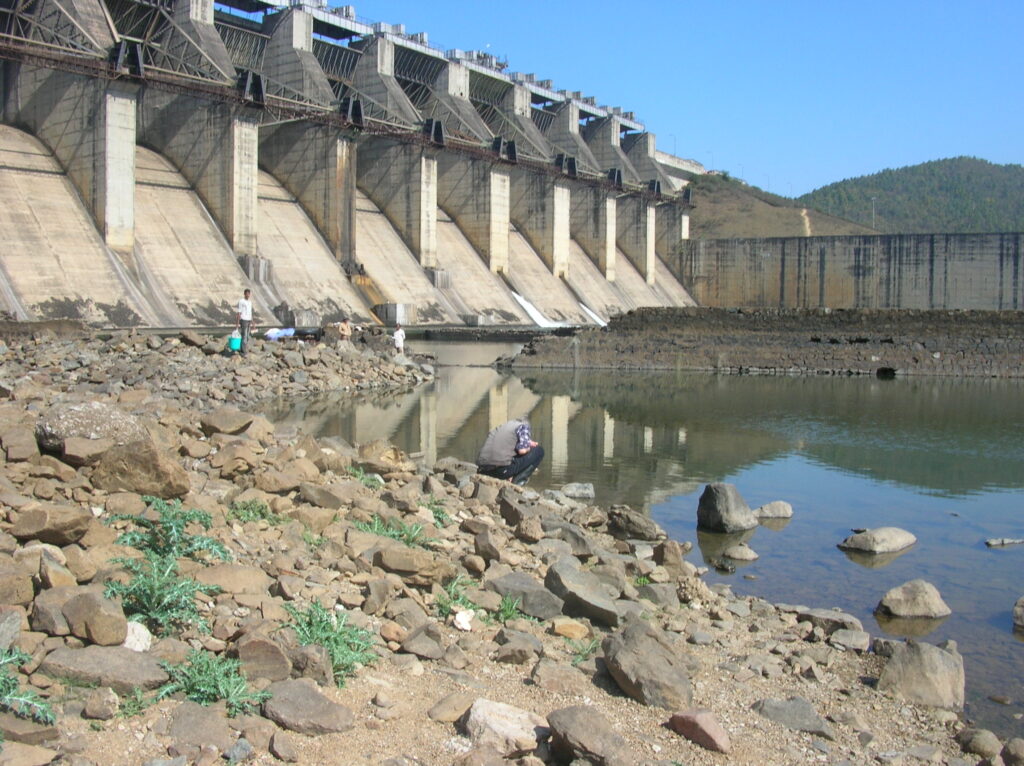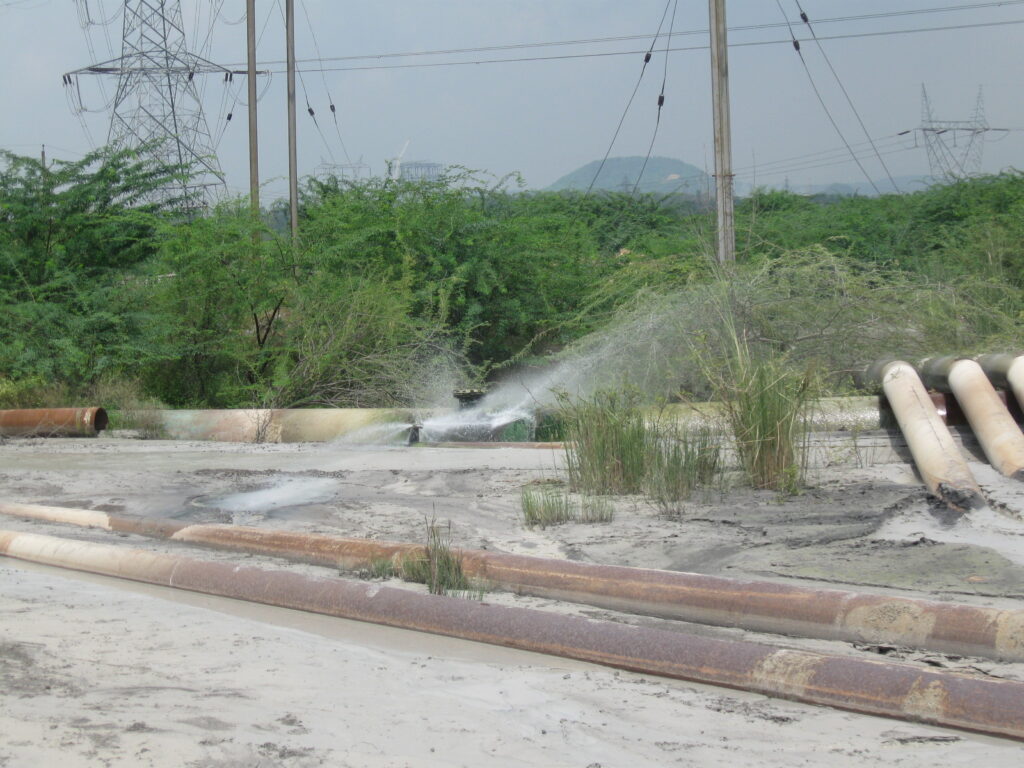Introduction
The Damodar River, once revered as the lifeline of Jharkhand and West Bengal, is now battling severe pollution and ecological degradation. Historically known as the ‘Sorrow of Bengal’ due to its frequent flooding, the river is now suffering due to unchecked industrial activities, coal mining, and urban waste disposal. Ashish Munda, a dedicated leader from Ranchi, Jharkhand, is leading the Damodar Bachao Andolan, a movement focused on restoring the river’s purity and sustainability.
The Importance of the Damodar River
The Damodar River originates from Chulhapani in Lohardaga district, Jharkhand, and flows for 541 kilometers, covering Jharkhand (258 km) and West Bengal (283 km) before merging into the Hugli River, a tributary of the Ganga. The river’s basin spans 22,528 square kilometers, out of which 16,934 sq km (76%) falls in Jharkhand. This river is crucial for irrigation, hydroelectric power generation, drinking water supply, and livelihood support for thousands of communities.
The Current Crisis – Why Does the Damodar Need Saving?
1. Industrial Pollution
Jharkhand and West Bengal house numerous industries, including coal mines, steel plants, thermal power stations, and chemical industries. These industries dump toxic heavy metals, fly ash, and untreated waste into the river, severely affecting its water quality. Studies have shown that the levels of mercury, arsenic, and lead in Damodar’s water exceed permissible limits, making it unsafe for drinking and irrigation.
2. Mining and Deforestation
Coal mining activities, particularly in the Jharia, Bokaro, and Dhanbad regions, have caused extensive deforestation, leading to soil erosion and siltation in the river. Open-cast mining generates a large amount of mine runoff, which contains acidic effluents and particulate matter, further degrading water quality.
3. Urban Waste and Sewage Disposal
With rapid urbanization, cities like Ranchi, Bokaro, Dhanbad, and Asansol generate massive amounts of solid waste and sewage, most of which ends up in the Damodar River untreated. This has resulted in the growth of pathogenic bacteria, algal blooms, and oxygen depletion, threatening aquatic life.
4. Impact on Biodiversity and Agriculture
The Damodar River once supported rich aquatic life, including native fish species like Rohu and Katla. However, due to water contamination and reduced oxygen levels, fish populations have drastically declined. Farmers depending on Damodar for irrigation are experiencing reduced crop yields due to water pollution, which affects soil fertility.
Ashish Munda’s Initiative – The Damodar Bachao Andolan
Ashish Munda, with a vision for environmental sustainability, has launched a multi-faceted action plan to rejuvenate the Damodar River. His movement focuses on scientific solutions, community participation, and policy advocacy to bring long-term change.
Key Focus Areas:
1. Pollution Control and Industrial Regulation
✅ Advocating for stricter pollution norms for industries discharging effluents into the river.
✅ Setting up monitoring stations to check real-time water pollution levels.
✅ Implementing zero-discharge policies for power plants and chemical industries.
2. River Cleaning Projects
✅ Organizing community-driven clean-up drives along the riverbanks.
✅ Installing bioremediation units to naturally treat polluted water.
✅ Engaging local youth and NGOs to prevent waste dumping.
3. Afforestation & Sustainable Development
✅ Large-scale tree plantation along the riverbanks to prevent erosion.
✅ Encouraging eco-friendly mining practices to reduce siltation.
✅ Implementing rainwater harvesting to replenish groundwater levels.
4. Public Awareness and Community Participation
✅ Conducting awareness campaigns on water conservation and pollution control.
✅ Organizing workshops in schools and colleges to educate the younger generation.
✅ Encouraging sustainable agricultural practices to reduce chemical runoff.
5. Policy Advocacy for Long-Term Solutions
✅ Working with the Jharkhand and West Bengal governments to introduce stricter water protection laws.
✅ Promoting interstate cooperation for joint river conservation programs.
✅ Demanding higher investment in sewage treatment plants and eco-restoration projects.
The Economic and Social Impact of River Restoration
Restoring the Damodar River is not just an environmental necessity but also a boon for economic development. Clean rivers support better agriculture, fisheries, tourism, and drinking water supply, benefiting millions.
🔹 Employment Generation: Eco-restoration projects will create thousands of jobs in Jharkhand and West Bengal.
🔹 Health Benefits: Reducing pollution will lower waterborne diseases, benefiting rural and urban communities.
🔹 Boosting Rural Economy: Sustainable water management will increase agricultural productivity, ensuring food security.
Conclusion – Be a Part of the Movement!
The time to act is NOW! The Damodar River needs our collective efforts to restore its lost glory. Ashish Munda’s Damodar Bachao Andolan is a clarion call for action, urging communities, industries, and policymakers to come together for a sustainable future.
🚀 Join the Movement! 💧 Volunteer for clean-up drives 💧 Advocate for pollution control 💧 Support tree plantation initiatives 💧 Spread awareness in your community
Let’s work together to protect and revive the Damodar River for generations to come! 🌍💙



